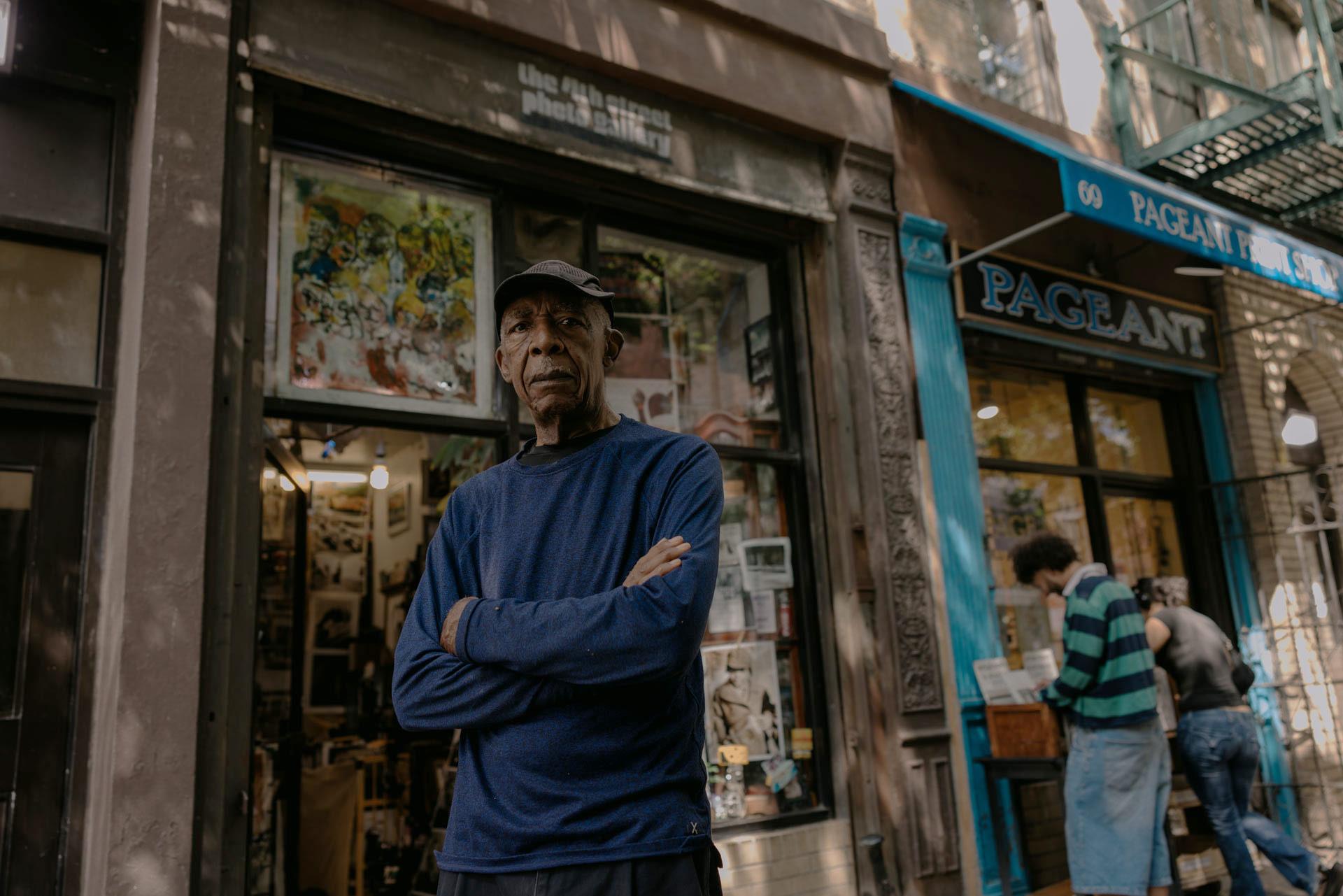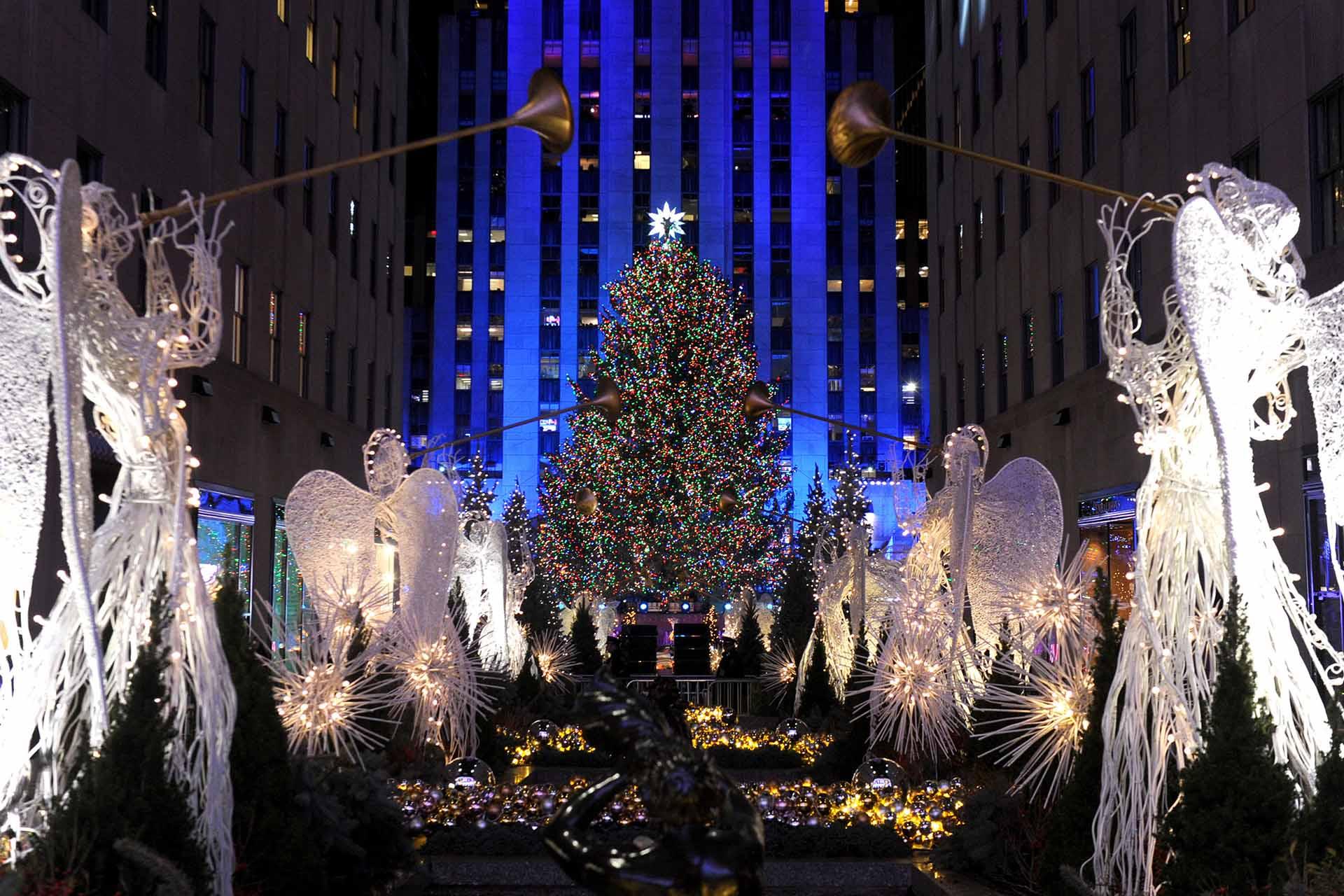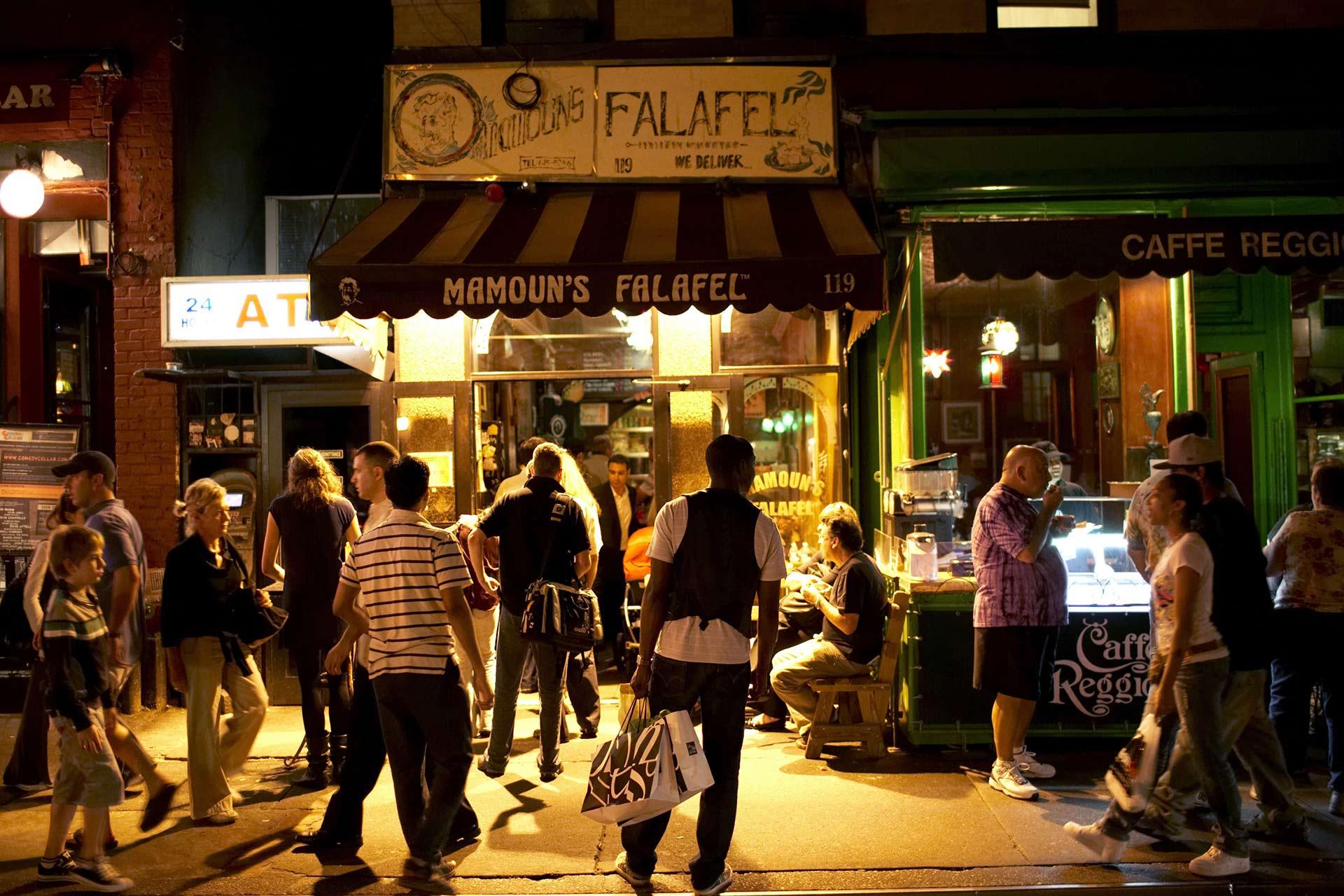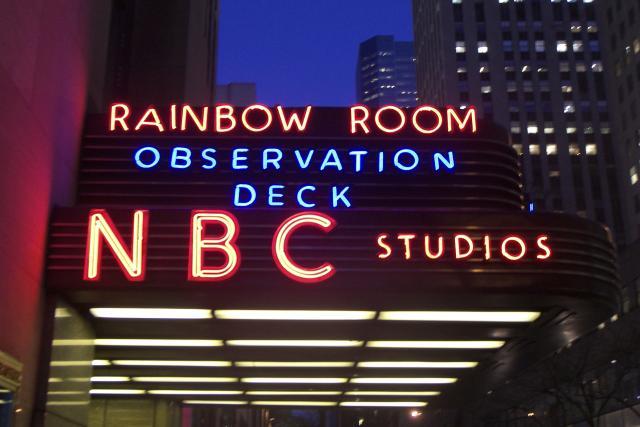If you’re looking to understand the history of hip-hop, says Grandmaster Caz, “You have to come to the Bronx first.”
Caz, a native of the borough and a legend of the genre thanks to his work with the Cold Crush Brothers and his connection to “Rapper’s Delight”—the first hit rap single—would know. He’s a tour guide for Hush Hip-Hop Tours, bringing visitors to sites where DJ-ing, MC-ing, break dancing and graffiti first took hold before spreading around the world. He recently took a few minutes to talk with nycgo.com about hip-hop’s early days and how fans can still connect with them when they visit the City.
How early did you find hip-hop?
Grandmaster Caz: DJ Kool Herc’s first legendary party at 1520 Sedgwick Avenue happened in 1973. I lived up the block, but I wasn’t there. I wasn’t at the first hip-hop party. I wasn’t at the second. [Laughs]. But, you know, I caught the bug pretty early. I was pretty close.
What do you remember about your first encounter with hip-hop?
GC: I was 14. I lived on a block called Phelan Place, which is the next street over from Sedgwick Avenue. I remember the older kids going to parties and coming back to the block and talking about them. And it was like, Wow, who is this Kool Herc guy? I wasn’t old enough to start running around on my own yet. But when I was, the first thing I gravitated toward was Sedgwick Avenue. That’s where the B-boys were at. That’s where the music was at.
If someone goes to 1520 Sedgwick now, what will they see?
GC: There’s a sign right outside the building that reads “Hip Hop Boulevard.” It’s a hip-hop landmark. A little farther down from the building is Cedar Park, the outdoor park that Herc used to play on the west side of the Bronx. If you were too young to get into one of his house parties, you surely could attend one of the block parties; that’s where I really got wind of everything and exposed to it.
What was it like when you first heard the music there?
GC: The sound system was amazing. You could be two blocks away from the park, and you could hear the music. The closer you got, the more footsteps you took toward that park, the music got louder and louder. First you heard it, and then you started to feel it. And then you were there. The park was so dark after a particular time, you couldn’t even see a hand in front of your face. There were no lights in the park except the one that was under the DJ. But the energy was amazing.
How did the word spread?
GC: Hip-hop was about word of mouth. Jams would just pop up. There were no announcements at first. You would just know that once this thing had started, it’s like, OK, well, where they jammin’ today? It’s summer. It’s hot. Somebody’s got to be playing music outside. You would see a bunch of people walking in one direction. Yo, follow that—that’s the jam. Where they jammin’ at? They’re up in 118! And you would follow the procession.
What are some other hip-hop landmarks visitors should check out?
GC: There are landmarks here that people talk about to this day. They talk about Bronx River Houses, where Afrika Bambaataa comes from. KRS-One did a whole song about the South Bronx. There’s Disco Fever, on 167th and Jerome Avenue. It was the first disco to let hip-hop come in and play. Discos and hip-hop were very separate in the early days. Hip-hop was a street thing, and if it came indoors it was a private event—you know, somebody let it happen. It wasn’t welcome everywhere at the time. But when the Disco Fever let Grandmaster Flash come in and play, that was a landmark move for a disco, and it kind of opened the floodgates. The building is still there, but it’s not the Disco Fever anymore. The last time anyone was inside of it was, I think, when 50 Cent filmed Get Rich or Die Tryin’. The [1985] movie Krush Groove was filmed in and around the Disco Fever.
When did you realize that hip-hop had gone beyond its roots in New York City and become a broader cultural force?
GC: Once 1979 hit and the industry started using hip-hop, a lot of things changed. People’s agendas for being involved in hip-hop changed. The economics changed. What you needed to be viable in hip-hop changed. All that changed when the industry became involved.
When did you first hear “Rapper’s Delight”? [Ed. Note: there is well-documented controversy over who wrote Big Bank Hank's verse in “Rapper’s Delight.” In the verse, Hank refers to himself by Grandmaster Caz’s stage name, Casanova Fly.]
GC: Hank came to my house with two copies of the record. I heard it then, and I didn’t really think much of it. It was a farce as far as we were concerned. This was my manager that didn’t even rap making a song with two other guys that nobody knows or has ever heard of, you know? It’s like, Why would anybody want to hear them rap? [Laughs.]
So this was the commercial element coming into it?
GC: It was people that were sort of outsiders to us that had come and taken our craft or our product and just—it wasn’t up to the standards of where hip-hop was for us back then.
Enjoy an insider’s view of hip-hop history by taking a tour with Grandmaster Caz and Hush Hip-Hop Tours.






